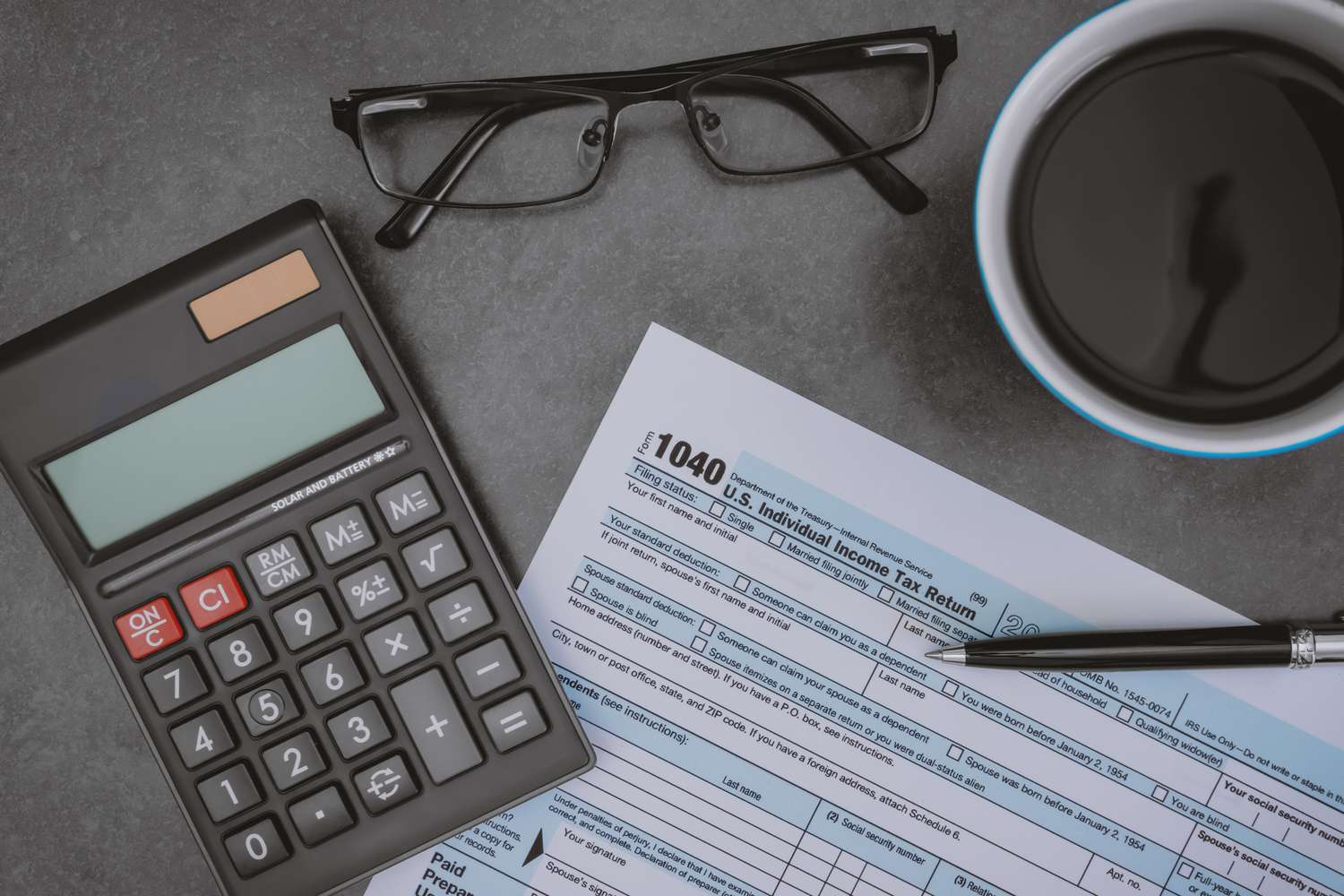Home>Finance>A- / A3: Definition, Bond Ratings Scale, Example


Finance
A- / A3: Definition, Bond Ratings Scale, Example
Published: September 24, 2023
Learn about A- / A3 bond ratings in finance, including the definition, scale, and example. Gain insights into credit ratings and their importance in the financial industry.
(Many of the links in this article redirect to a specific reviewed product. Your purchase of these products through affiliate links helps to generate commission for LiveWell, at no extra cost. Learn more)
Understanding Bond Ratings: A Guide to Evaluating Financial Stability
When it comes to investing in the financial market, knowledge is power. Understanding the fundamentals of different financial instruments can help you make informed decisions and mitigate risks. One such important element to consider when investing in bonds is the bond ratings scale. In this blog post, we will explore the definition of bond ratings, how they are calculated, and provide a real-world example to illustrate their significance.
Key Takeaways:
- Bond ratings assess the creditworthiness and financial stability of bond issuers.
- Bond ratings help investors evaluate the risk associated with investing in a particular bond.
Before we dive into the details, let’s define what bond ratings are. Bond ratings are evaluations given to bonds by credit rating agencies to provide investors with an assessment of an issuer’s ability to fulfill its financial obligations. In simple terms, it is a measure of the likelihood of an issuer defaulting on its bond payments.
The bond ratings scale consists of several letters, ranging from “AAA”, which represents the highest credit rating, to “D”, which signifies a default. Let’s take a closer look at the typical bond ratings scale:
- AAA: Bonds with this rating are considered to have the highest credit quality, indicating a low risk of default. Issuers with this rating have a stable and strong financial position.
- AA: Bonds with this rating are also perceived to have a very low risk of default. However, they may be slightly more susceptible to adverse economic conditions compared to AAA-rated bonds.
- A: Bonds in this category have a low default risk. They might experience some vulnerability during unfavorable economic conditions.
- BBB: Bonds with this rating have a moderate risk of default. While they are considered investment-grade, they may be more sensitive to economic changes.
- BB: Bonds in this category are considered speculative, or “junk” bonds. They have a higher risk of default, requiring investors to assess the issuer’s financial situation carefully.
- B: These bonds are of poor credit quality and pose a significant risk of default. They are highly speculative and require investors to conduct thorough due diligence.
- C: Bonds with this rating are at high risk of default and are often termed as “junk” bonds. Investing in them involves a considerable amount of risk.
- D: Bonds with this rating represent default or near default, indicating that the issuer has failed to fulfill its financial obligations.
Now that we understand the bond ratings scale, let’s consider an example to illustrate their significance. Imagine you are considering purchasing bonds from two different companies, Company A and Company B. Company A has a AAA rating, while Company B has a BB rating. Here’s what you should consider:
- Company A’s AAA rating suggests a high level of financial stability and lower risk of default. Investing in their bonds can offer more security in terms of regular interest payments and the return of principal.
- Company B’s BB rating indicates a higher risk of default. Investing in their bonds may provide a higher yield but comes with a greater chance of issuer instability and potential non-payment of interest or principal.
As an investor, it is crucial to assess the bond ratings of potential investments to align them with your risk tolerance and investment goals. It is essential to note that bond ratings can change over time, reflecting the financial health and performance of the issuer.
So, next time you delve into the world of bond investments, make sure to consider bond ratings as one of the factors in your decision-making process. Evaluating the creditworthiness and financial stability of bond issuers can help you make more informed investment choices and increase the likelihood of achieving your financial goals.














